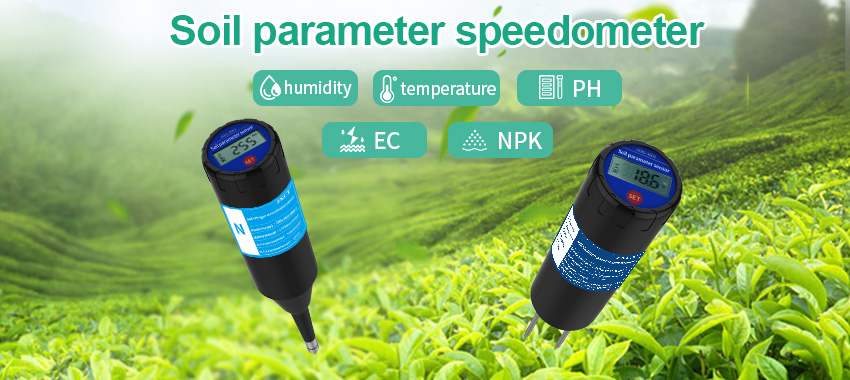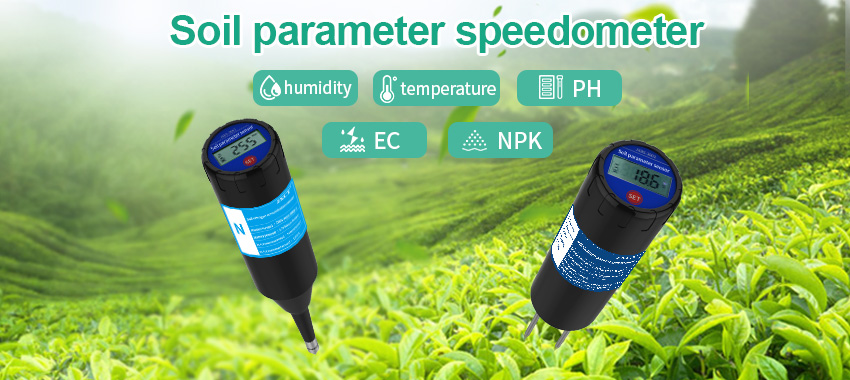In recent years, advancements in technology have brought significant changes to the agricultural industry. One such innovation is soil sensing technology, which has revolutionized the way farmers monitor and manage their fields. This article explores how soil sensing technology is transforming agriculture by providing valuable insights into soil health, optimizing resource management, and improving crop yield.
Understanding Soil Health:
Soil health is a critical factor in successful agriculture. Traditional methods of assessing soil health required tedious and time-consuming manual testing. However, soil sensing technology has simplified this process by providing real-time data on various soil parameters. These sensors can measure moisture levels, pH, nutrient content, temperature, and even soil compaction. With this information at their fingertips, farmers can make informed decisions about fertilization, irrigation, and overall soil management practices.

Precise Nutrient Management:
Proper nutrient management is essential for ensuring optimal crop growth and minimizing environmental impact. Soil sensing technology allows farmers to gauge the nutrient levels present in their soil accurately. By deploying sensors throughout their fields, they can monitor the soil's nutrient status in real-time. This data enables farmers to precisely apply fertilizers, ensuring that crops receive the necessary nutrients while reducing waste and nutrient runoff. As a result, farmers can achieve greater yields and minimize the environmental impact associated with excessive fertilizer usage.
Efficient Irrigation Practices:
Water management is a significant concern in agriculture, especially in regions prone to drought or water scarcity. Soil sensing technology aids in optimizing irrigation practices by providing accurate information about soil moisture levels. Sensors can measure the soil's water content at various depths and transmit this data to the farmers' devices. By analyzing these readings, farmers can determine when and how much water to apply to their crops, avoiding under or over-irrigation. This precise irrigation scheduling not only conserves water but also promotes healthy root development and maximizes crop productivity.
Managing Soil Compaction:

Soil compaction is a common issue in agriculture, resulting from heavy machinery or excessive foot traffic. It can have detrimental effects on root growth, nutrient uptake, and overall crop health. Soil sensing technology includes sensors that can detect and monitor soil compaction levels. By identifying areas of high compaction, farmers can take corrective measures such as deep tilling or using cover crops to alleviate compaction. Regular monitoring and management of soil compaction help maintain optimal soil structure, allowing roots to penetrate deeper and promoting healthier plant growth.
Real-Time Decision Making:
One of the significant advantages of soil sensing technology is the ability to provide real-time data and enable immediate decision-making. With sensors constantly monitoring soil conditions, farmers receive instant updates on critical parameters. This information allows them to respond promptly to any issues or changes in the field, such as adjusting irrigation, nutrient application, or pest control strategies. Real-time decision making improves operational efficiency, reduces crop losses, and ultimately maximizes productivity.
Predictive Analytics:
In addition to real-time data, soil sensing technology also enables farmers to harness the power of predictive analytics. By collecting historical data from sensors and integrating it with weather forecasts, crop models, and other relevant factors, farmers can make predictions about future soil conditions and crop performance. This allows them to plan ahead, optimize planting schedules, and mitigate potential risks. The combination of real-time data and predictive analytics empowers farmers to make proactive decisions, minimizing losses and maximizing profitability.
Environmental Sustainability:
Soil sensing technology not only benefits farmers but also promotes environmental sustainability. By providing accurate data on soil health, water usage, and nutrient management, farmers can adopt sustainable practices that conserve resources and protect the environment. Optimizing fertilizer and water usage reduces the risk of nutrient runoff and water pollution. Additionally, by improving crop yield and minimizing losses, soil sensing technology helps reduce the need for expanding agricultural lands, preserving natural habitats.
Conclusion:
The advent of soil sensing technology has transformed agriculture, providing farmers with unprecedented insights into soil health, nutrient management, irrigation practices, and more. By leveraging real-time data, predictive analytics, and precise monitoring, farmers can optimize their operations, improve crop yield, and minimize environmental impact. As technology continues to advance, soil sensing technology will play an even more significant role in sustainable agriculture, ensuring food security and protecting our planet for future generations.







